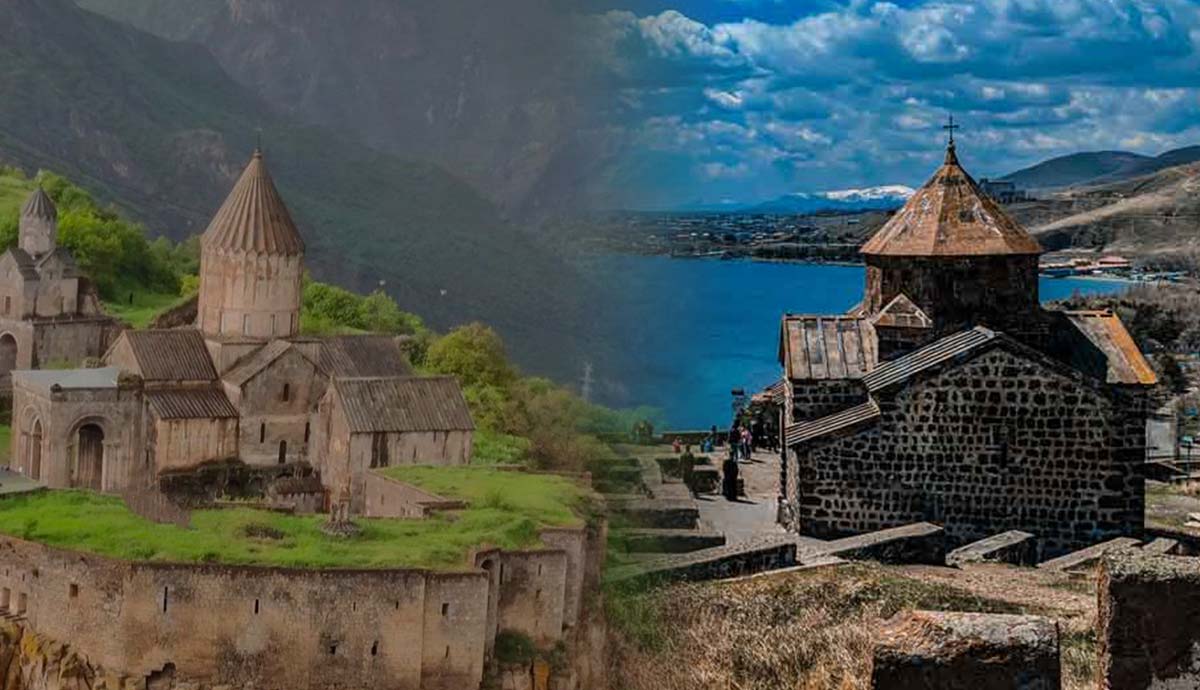
Standing as a testament to the glory of Ancient Rome, the Colosseum is one of the world’s most easily recognizable and popular tourist destinations. Sitting in the heart of the “Eternal City”, it serves as an everyday reminder of what Rome once was: the capital of a glorious empire, and a place of extreme brutality. As expected, the Colosseum is a tourist hotspot, and choosing the best time to visit this wonder is important whether it’s part of a vacation itinerary or whether it’s a local day-trip.
What Is the Colosseum?

Probably the most famous building associated with ancient Rome, the Colosseum was primarily a gladiatorial arena, but it also hosted dramas, reenactments, and public executions. Built from travertine limestone, tuff, and brick-faced concrete in the years of 72 CE to 80 CE, the Colosseum represents the biggest amphitheater of the ancient world and has become symbolic of the city. Sitting right in the center of Rome, standing 157 feet high, and covering 6 acres, this landmark is hard to miss.
Rome’s Weather and Climate

Virtually the entirety of Italy juts out into the Mediterranean Sea. With this in mind it’s unsurprising that Italy has a Mediterranean climate. Rome’s summers are hot and dry and its winters are mild and wet.
The summer months of June, July and August are the hottest months with the temperature hovering in the 70s and 80s °F (20s and low 30s °C) with little precipitation. During the winter months, the daily mean is usually around the mid 40s °F (6 to 8 °C) with January and February being the coldest and rainiest months. Although the temperature has been known to dip below freezing, it only ever snows once every few years on average.
Springtime brings a little rain, but the precipitation usually tapers off by May.
Any Time of Year

The Colosseum is open all year around with the exception of three days. On December 25, January 1, and May 1, the Colosseum is closed to visitors. The official opening time every day is 8:30 and the site is open until one hour before sundown, with the last entrance being one hour before closing. Modern amenities have made the site friendly to those with mobility challenges, and it is wheelchair friendly. There is even a lift for those who request it.
Tourist Season

Peak season for tourism in Rome is the summer months. Given the fact that Rome is Europe’s second-most visited city (after Paris), the crowds around the Colosseum are significant. It can also be quite hot at this time of year, so it’s advisable to have water, a hat, and sunscreen. The shoulder season of autumn brings cooler temperatures and a significant reduction in crowds, while the winter rain can make any outing unpleasant.
Spring is regarded by many as the best time to visit Rome, and its Colosseum, as the weather is pleasant, and the crowds are not as big. During Easter, however, Rome encounters an influx of people planning to visit the Vatican. This does spill over, and Rome’s landmarks do receive a slight increase in tourist numbers during this time, but it’s generally not significant enough to warrant avoiding the Colosseum!
The Colosseum is not just an outstanding achievement of ancient Roman construction. It is symbolic of Rome’s past, and remains a must-see for any traveler wishing to experience the magnificence of Italy’s capital.










